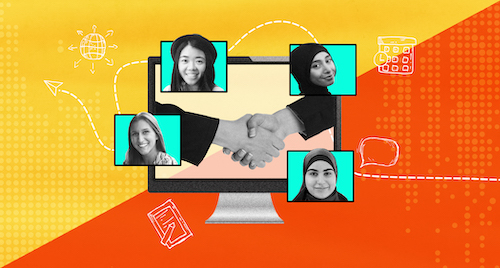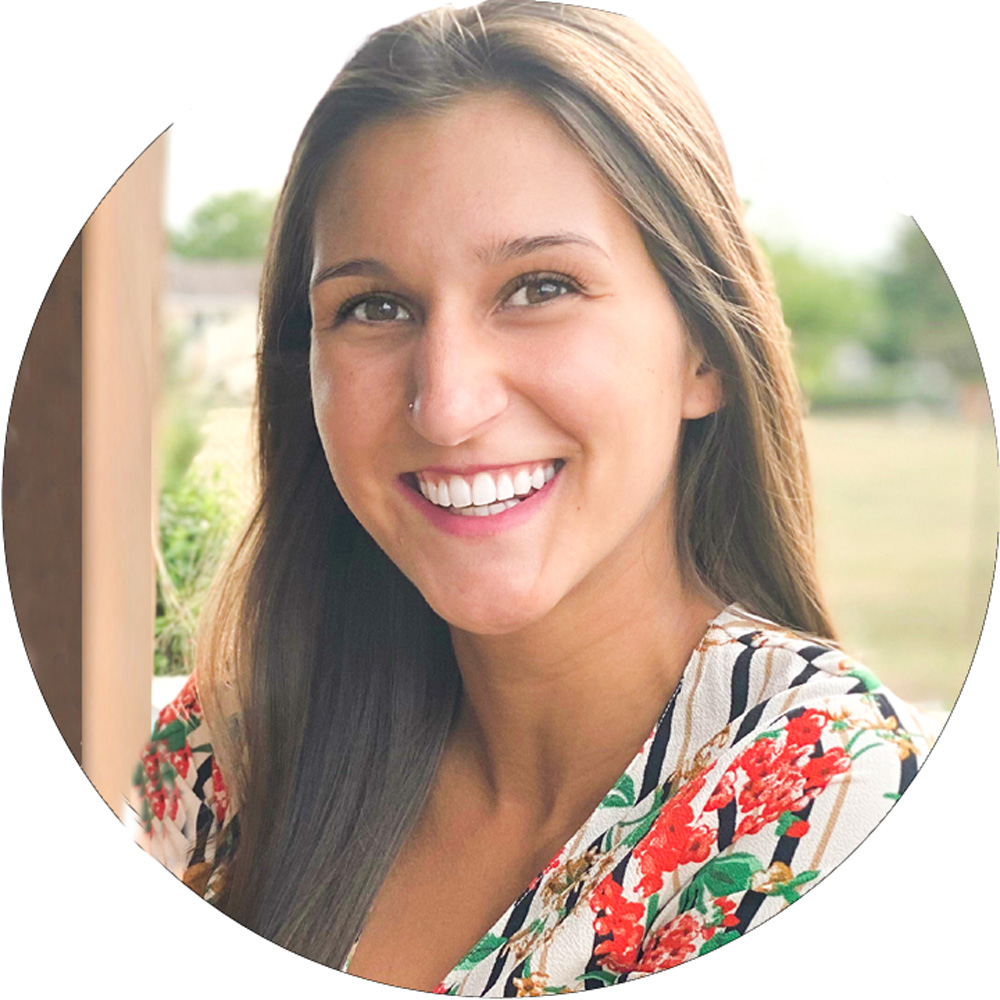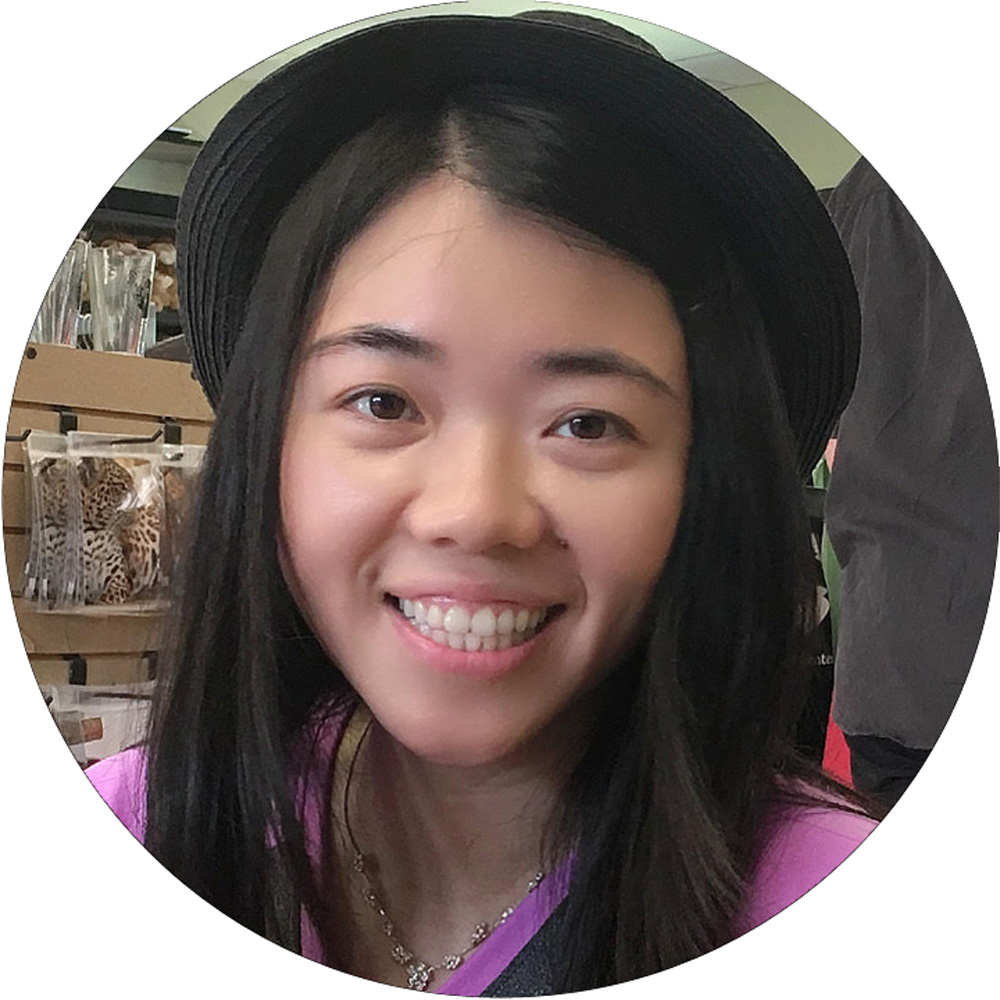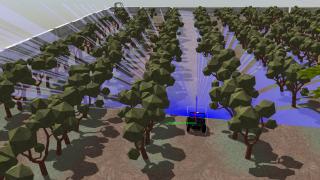Alexus Warchock
Senior in Mechanical Engineering and Bioengineering
Internship: Lawrence Livermore National Laboratory, Livermore, California
I was really looking for an internship that would allow me to design something on my own, from the ground up, and Lawrence Livermore was offering an internship where I could design diagnostic components at their National Ignition Facility. I was scheduled to start in the summer, but then of course, everything shifted. They were absolutely gracious in handling it. In fact, initially my project wasn’t able to be remote, but they found a different project for me within the same group that could be done remotely. Lawrence Livermore is known for lots of different things, but the National Ignition Facility is a government-funded project that’s working on nuclear fusion ignition. For the research we were involved with, there’s essentially a target with a diameter of about 5 millimeters filled with hydrogen that sits inside another giant 10-meter diameter ball called the target chamber. And then 192 of the world’s highest-energy lasers converge on that ball of hydrogen. The energy from the lasers causes the target to implode, and when its implosion creates more energy than what you put in from the lasers, that’s fusion ignition. We need to be able to diagnose how well that implosion is happening, and my job was working on a Neutron Imaging System, which is one of many diagnostics we use to measure that.
On whether remote internships are worth it:
The work definitely felt “real.” There were many days where I was very, very busy, so I never felt like I was missing out on work experience. The one thing I did miss out on: The National Ignition Facility is known for being one of the most remarkable engineering spectacles in the world, so I was a little disappointed I didn’t get to see the facility. But they actually extended my offer through next summer and I’ve already been asked multiple times if I’m planning on working here; I’ve been told they typically hire about 80% of their interns. So it kind of worked out because if I would have had an in-person internship, it would have been over at the end of the summer. But now, because they know I can work well remotely, I have this opportunity to work throughout the school year, which I’m super excited about. And I’ve already started talking with other people about how to frame this experience on my resume to show all the really high-level stuff I did while working online.











